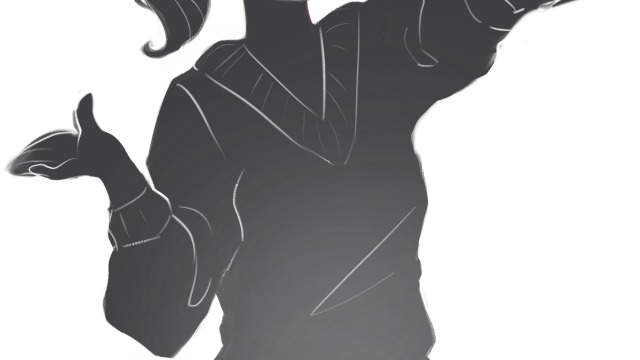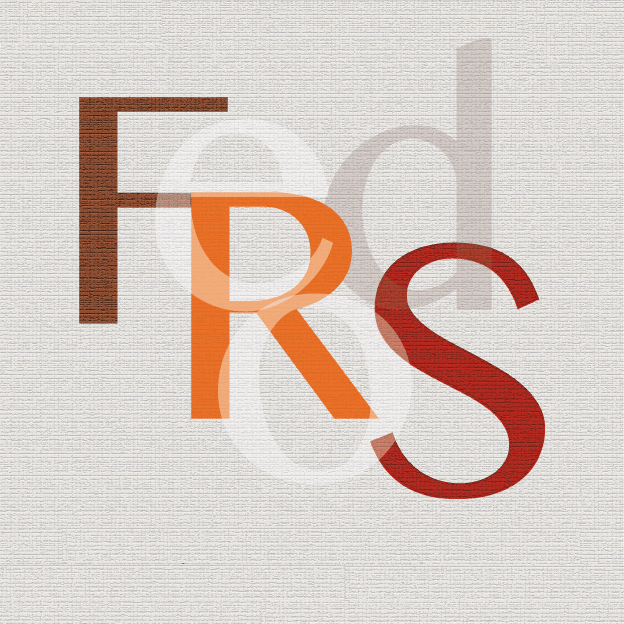
Journée d’études – Approches de la sémiotique sociale et des médias sociaux
Journée d’études
Approches de la sémiotique sociale et des médias sociaux
The 20th century marked many new approaches to linguistic enquiry, including an interest in the interplay between multiple resources to construe meaning, as well as a focus on the social dimension of language and the way language is informed by specific social, cultural and institutional contexts. The interplay between linguistic and non-linguistic resources, and particularly the visual medium, have been the subject of a number of semiotic and multimodal theories. These theories have served multiple types of objects of study (e.g., static/moving; two/three-dimensional; object/space), and include objects as varied as body language (e.g. Ferré 2019), dance (e.g. Maiorani 2020), the printed page, picturebooks (Painter 2017), slide presentations (e.g. Rowley-Jolivet 2004, Zhao, Djonov and van Leeuwen 2014), the spatial organisation of museums and commercial spaces (e.g. Ravelli and McMurtie 2016), video content, toys, video games (Hawreliak 2019) and language learning (Guichon and Tellier 2017). More recently, the attention placed on the digital medium has extended to social media, which play host to many new types of configurations of resources that condition new behaviours, challenge previous categories, and hence warrant specific examination.
This conference aims to bring together scholars who integrate semiotic and multimodal analysis into their linguistic analyses, and to take as a common object of study the example of social media content. The main purpose of the conference is to compare and contrast various theoretical approaches, and to engage a conversation in terms of epistemology. One axis of enquiry will be to explore the heritage of social semiotic theory as developed within the framework of systemic functional linguistics (e.g., Kress and van Leeuwen 1996, 2005; Van Leeuwen 2005; Zhao, Djonov, Björkvall and Boeriis 2017), exploring the potential of the applications of its “grammar of visual design”, and comparing it with other approaches. The discussion will be further enriched by general digital discourse theory (e.g., Combe 2019; Jones 2020; Jones and Hafner 2021; Paveau 2017; Tagg 2015), and by studies relating to content produced in a English and/or French language context.
Romance Federation of Semiotics
Federazione Romanza di Semiotica
Federação Românica de Semiótica

